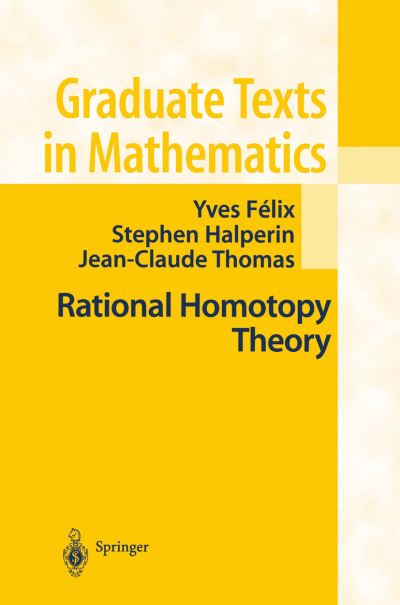
as well as by the list of open problems in the final section of this monograph. The computational power of rational homotopy theory is due to the discovery by Quillen [135] and by Sullivan [144] of an explicit algebraic formulation. In each case the rational homotopy type of a topological space is the same as the isomorphism class of its algebraic model and the rational homotopy type of a continuous map is the same as the algebraic homotopy class of the correspond- ing morphism between models. These models make the rational homology and homotopy of a space transparent. They also (in principle, always, and in prac- tice, sometimes) enable the calculation of other homotopy invariants such as the cup product in cohomology, the Whitehead product in homotopy and rational Lusternik-Schnirelmann category. In its initial phase research in rational homotopy theory focused on the identi- of these models. These included fication of rational homotopy invariants in terms the homotopy Lie algebra (the translation of the Whitehead product to the homo- topy groups of the loop space OX under the isomorphism 11'+1 (X) ~ 1I.(OX», LS category and cone length. Since then, however, work has concentrated on the properties of these in- variants, and has uncovered some truly remarkable, and previously unsuspected phenomena. For example If X is an n-dimensional simply connected finite CW complex, then either its rational homotopy groups vanish in degrees 2': 2n, or else they grow exponentially.
| ISBN: | 9780387950686 |
| Publication date: | 1st January 2001 |
| Author: | Y Félix, Stephen Halperin, JC Thomas |
| Publisher: | Springer an imprint of Springer New York |
| Format: | Hardback |
| Pagination: | 535 pages |
| Series: | Graduate Texts in Mathematics |
| Genres: |
Algebraic topology |